Toronto's Hidden Gems: A 2 Hour Adventure
Explore Toronto's rich history and vibrant culture on this engaging 2 hour tour, showcasing the city's iconic landmarks and stunning landscapes. Join us for a free walking tour!
Time
2 Hours
Stops
6 Places
Distance
5.2 km
High Park
Begin your tour at High Park, Toronto's largest public park, offering beautiful landscapes, walking trails, and cultural landmarks.
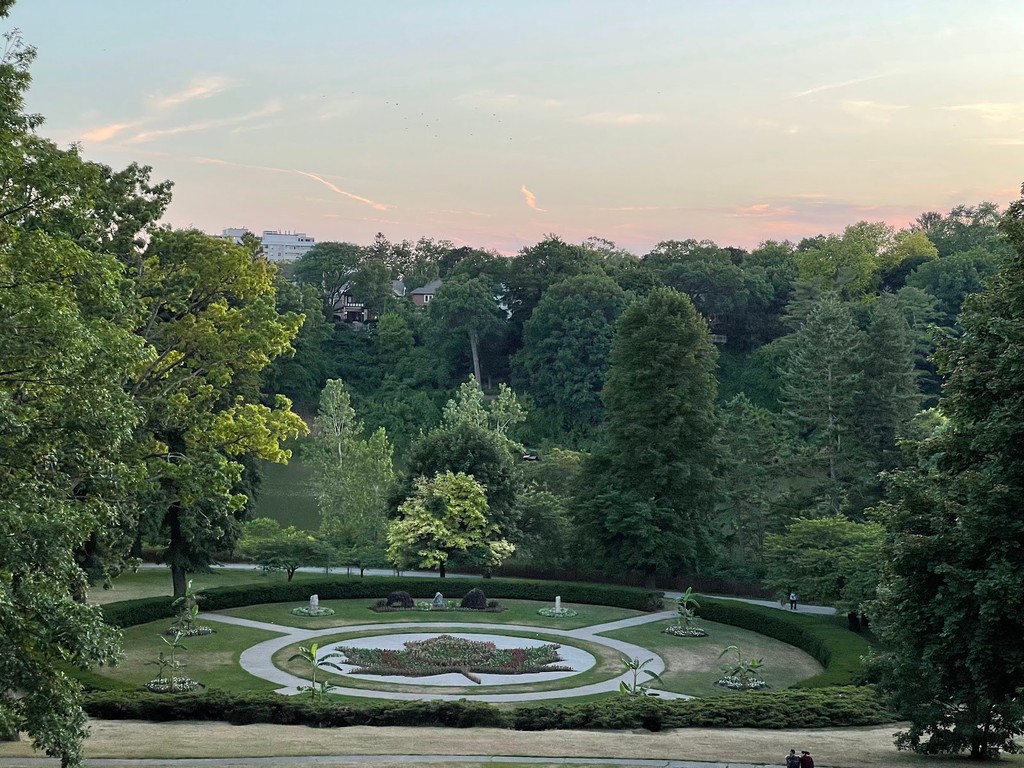
High Park (Source: Google Maps)
High Park is Toronto's largest public park, spanning 399 acres and featuring beautiful landscapes, gardens, and recreational facilities. Established in 1876, it was designed by John Howard, who donated the land to the city. The park is home to a diverse range of flora and fauna, including cherry blossom trees that attract thousands of visitors during the spring bloom. High Park also hosts cultural landmarks, such as the High Park Nature Centre and the historic Colborne Lodge. The park serves as a vital green space for the community, offering trails for walking, jogging, and cycling, as well as playgrounds and sports facilities. Its natural beauty makes it a popular destination for both locals and tourists seeking a peaceful retreat in the midst of urban life.
The Grenadier Café
Just a short walk from Colborne Lodge, this café offers a cozy spot to enjoy a coffee or snack amidst the park's natural beauty.

The Grenadier Café (Source: Google Maps)
Colborne Lodge
Located within High Park, Colborne Lodge is a historic museum that provides insight into Toronto's early history and architecture.
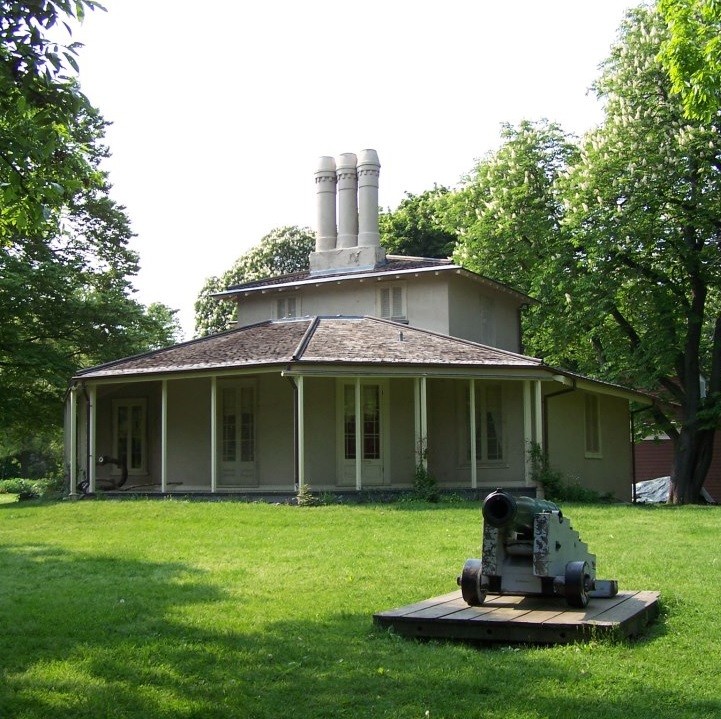
Colborne Lodge (Source: Google Maps)
Colborne Lodge is a historic museum located within High Park, built in 1836 by John Howard, the park's founder. The lodge reflects the architectural style of the early 19th century, featuring a Georgian design with a distinctive gabled roof. It was originally the residence of Howard and his family, providing insights into Toronto’s early settlement history. The museum showcases artifacts and exhibits related to the city's past, including household items and documents from the 1800s. Visitors can explore the beautifully preserved interiors and learn about the daily life of early Toronto residents. The surrounding gardens and grounds enhance the historical experience, making it a significant cultural landmark that highlights the city’s heritage.
Palais Royale
A few minutes from Sunnyside Pavilion, this iconic venue has hosted numerous events and concerts, rich in Toronto's cultural history.
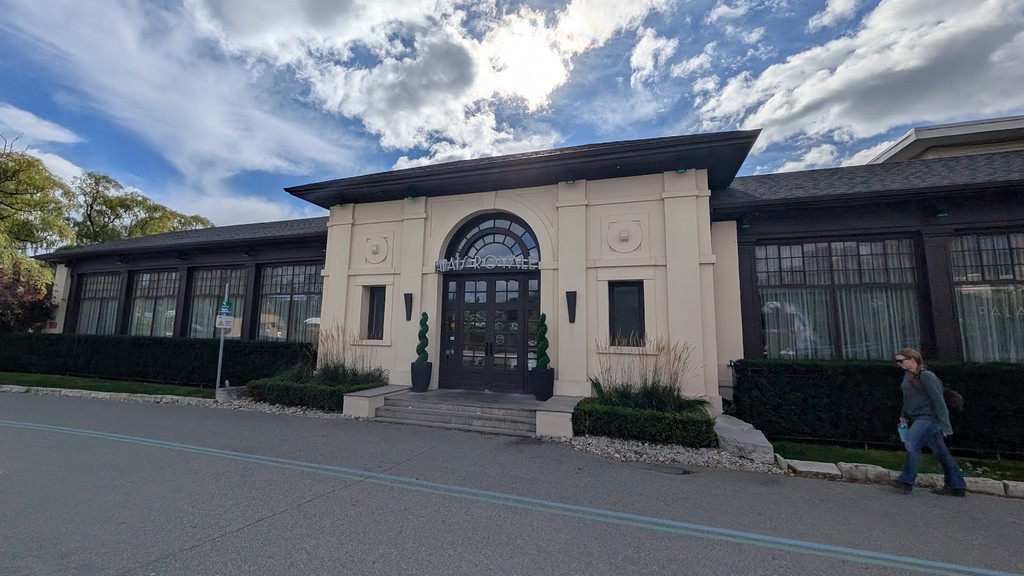
Palais Royale (Source: Google Maps)
Palais Royale, established in 1922, is an iconic venue located on the shores of Lake Ontario. Originally constructed as a ballroom and dance hall, it has hosted numerous significant events, concerts, and social gatherings throughout its history. The architecture reflects a blend of Art Deco and classic styles, with ornate detailing and a grand interior. The venue has been a focal point for cultural events in Toronto, featuring performances from renowned artists and hosting celebrations for various occasions. Today, Palais Royale continues to be a beloved location for both public events and private functions, offering stunning views of the waterfront and serving as a testament to Toronto's vibrant cultural scene.
Sunnyside Pavilion
Head towards the Sunnyside Pavilion, a historic waterfront building offering stunning views of Lake Ontario.
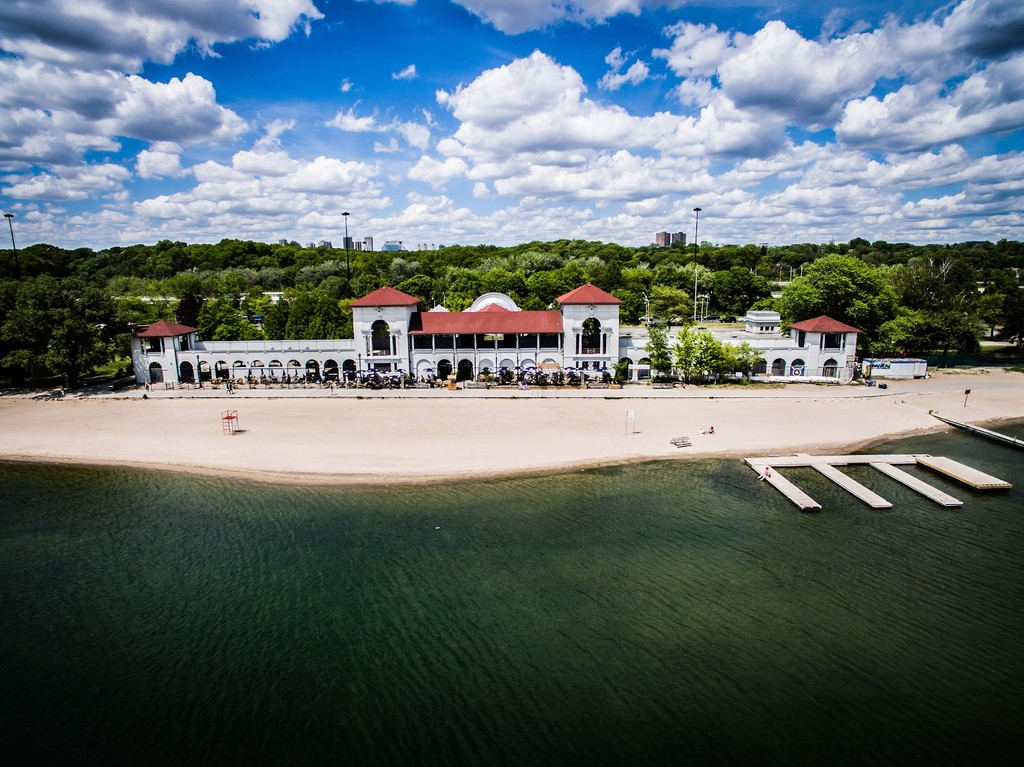
Sunnyside Pavilion (Source: Google Maps)
Sunnyside Pavilion is a historic waterfront building situated along the shores of Lake Ontario. Built in the early 20th century, it was originally designed as a bathing pavilion and has since evolved into a popular recreational destination. The architecture features a charming blend of rustic and contemporary styles, with large windows that offer breathtaking views of the lake and Toronto skyline. The pavilion has been a gathering place for families and friends, providing access to beaches, picnic areas, and walking trails. It hosts various community events, art shows, and cultural activities, making it an integral part of Toronto's waterfront experience. The pavilion's picturesque setting and historical significance attract both locals and tourists alike.
Humber Bay Arch Bridge
Conclude your tour with a visit to the Humber Bay Arch Bridge, an iconic pedestrian bridge offering panoramic views of the Toronto skyline.
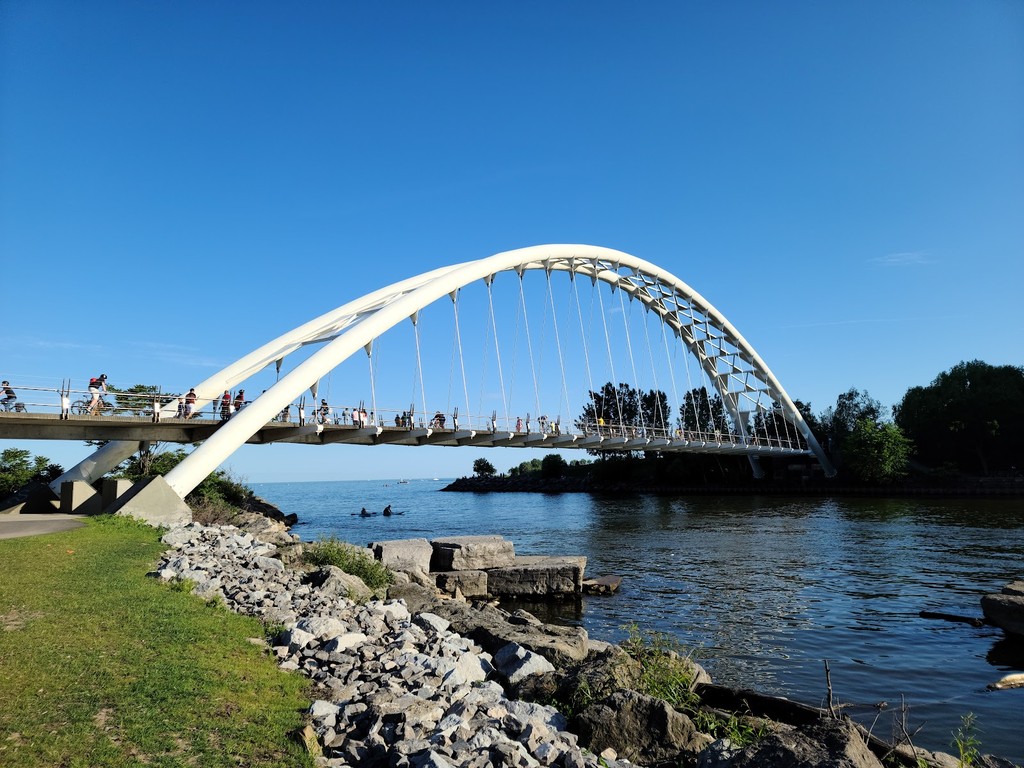
Humber Bay Arch Bridge (Source: Google Maps)
The Humber Bay Arch Bridge, completed in 1994, is a striking pedestrian bridge that spans the Humber River, connecting the waterfront parks and trails of Toronto. Its unique design features a bold arch that creates a stunning visual landmark against the skyline. The bridge is not only a practical pathway for pedestrians and cyclists but also an architectural marvel that enhances the scenic beauty of the area. It offers panoramic views of the Toronto skyline and the surrounding natural landscape, making it a popular spot for photography and sightseeing. The bridge symbolizes connectivity and community, serving as a vital link in the city's extensive network of trails and parks, promoting outdoor activities and appreciation for Toronto's natural environment.

Your travels, your rules.
Create your own Free Walking Tours.
Set your preferences, distances and anything you want to do or see.
Completely free, no payment required.